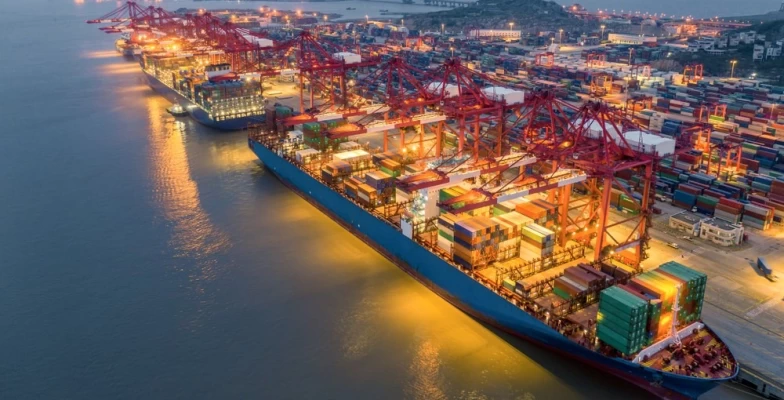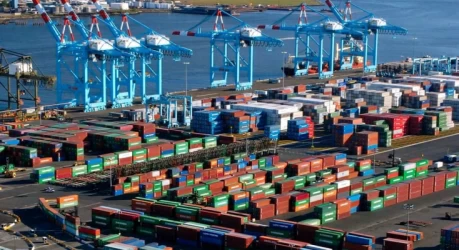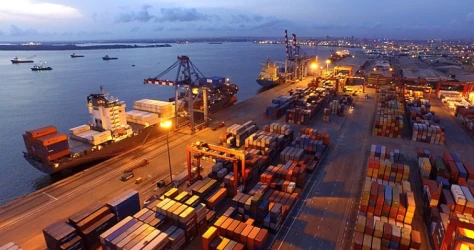Sea Freight in the Port of Shanghai
The Port of Shanghai, located at the mouth of the Yangtze River, is the world’s busiest container port and a critical hub for global trade. It serves as a gateway for China’s vast manufacturing industry, facilitating the movement of goods to and from international markets. This article delves into the significance, operations, and infrastructure of the Port of Shanghai, highlighting its role in sea freight.
Historical Background
The Port of Shanghai has a rich history dating back to 1842 when it was opened to international trade under the Treaty of Nanjing. Initially, the port experienced significant growth, becoming a bustling center for commerce. However, the rise of communism in the late 1940s led to a decline in port activities. It wasn’t until the economic reforms of the 1990s that the port began to regain its prominence. By 2005, extensive infrastructure developments had transformed it into the world’s largest container port.
Infrastructure and Facilities
The Port of Shanghai spans an area of nearly 4 square kilometers and includes both deep-sea and river ports. It is operated by the Shanghai International Port Group (SIPG), which provides a range of port-related services. The port’s infrastructure is highly developed, featuring state-of-the-art container terminals, extensive warehousing facilities, and advanced logistics systems. It is equipped to handle a diverse array of cargo, including coal, metal ores, petroleum products, steel, and machinery.
Operations and Cargo Handling
The Port of Shanghai handles over one-fourth of China’s total cargo traffic, making it a vital component of the country’s trade network. The port’s operations are characterized by efficiency and high throughput, with more than 33 million TEUs (twenty-foot equivalent units) processed annually. The port’s layout and facilities are designed to accommodate the largest container ships in the world, ensuring smooth and rapid cargo handling.
Economic Impact
The Port of Shanghai plays a crucial role in China’s economy, serving as a major conduit for exports and imports. It is estimated that 99% of Shanghai’s foreign trade passes through the port. The port’s strategic location and extensive connectivity make it an essential hub for international trade, linking China with markets in Europe, the Americas, Africa, and Asia. The port’s activities generate significant economic benefits, including job creation, revenue generation, and industrial growth.
Technological Advancements
In recent years, the Port of Shanghai has embraced technological advancements to enhance its operations. The implementation of automation and digitalization has streamlined cargo handling processes, reducing turnaround times and increasing efficiency. The port utilizes advanced tracking and monitoring systems to ensure the security and timely delivery of goods. Additionally, the Shanghai Containerized Freight Index (SCFI) provides real-time data on sea freight rates, enabling better decision-making for shippers and logistics providers.
Environmental Initiatives
As a leading global port, Shanghai is committed to sustainable practices and environmental stewardship. The port has implemented various measures to reduce its carbon footprint, including the use of cleaner fuels, energy-efficient equipment, and waste management systems. Efforts are also underway to promote green logistics and minimize the environmental impact of port activities. These initiatives align with China’s broader goals of achieving sustainable development and reducing greenhouse gas emissions.
Future Prospects
The Port of Shanghai continues to evolve, with ongoing investments in infrastructure and technology aimed at maintaining its competitive edge. Plans are in place to expand the port’s capacity, enhance connectivity, and further integrate it into global supply chains. The port’s strategic importance is expected to grow as China pursues its Belt and Road Initiative, fostering greater trade and economic cooperation with countries around the world.
Conclusion Sea Freight in the Port of Shanghai
The Port of Shanghai stands as a testament to China’s economic prowess and its pivotal role in global trade. With its extensive infrastructure, efficient operations, and commitment to sustainability, the port is well-positioned to meet the demands of the future. As sea freight continues to be a cornerstone of international commerce, the Port of Shanghai will remain a key player in facilitating the movement of goods across the globe.
If you have any specific questions or need more details about the Port of Shanghai, feel free to ask!











